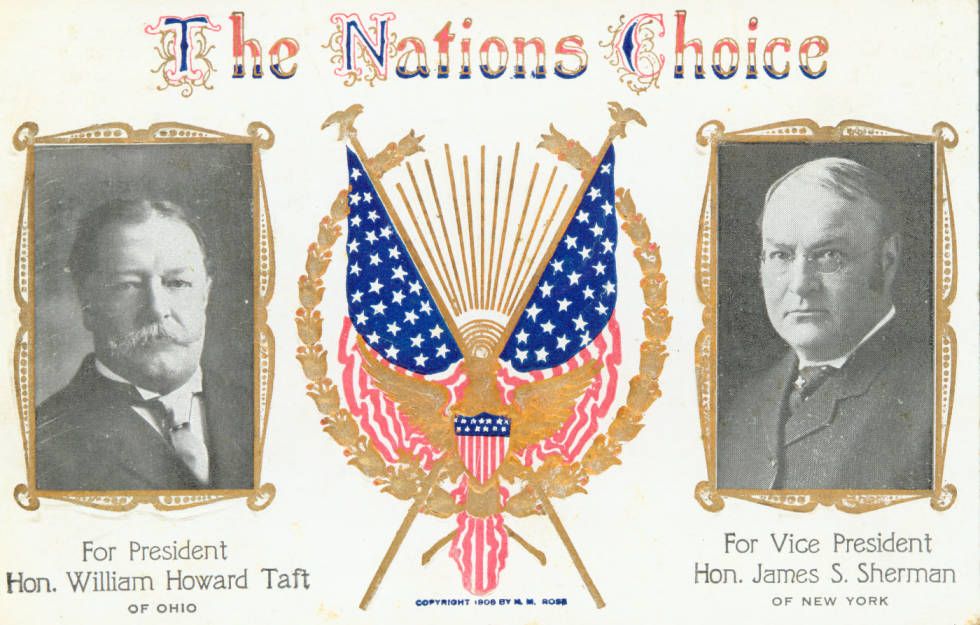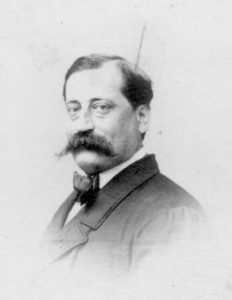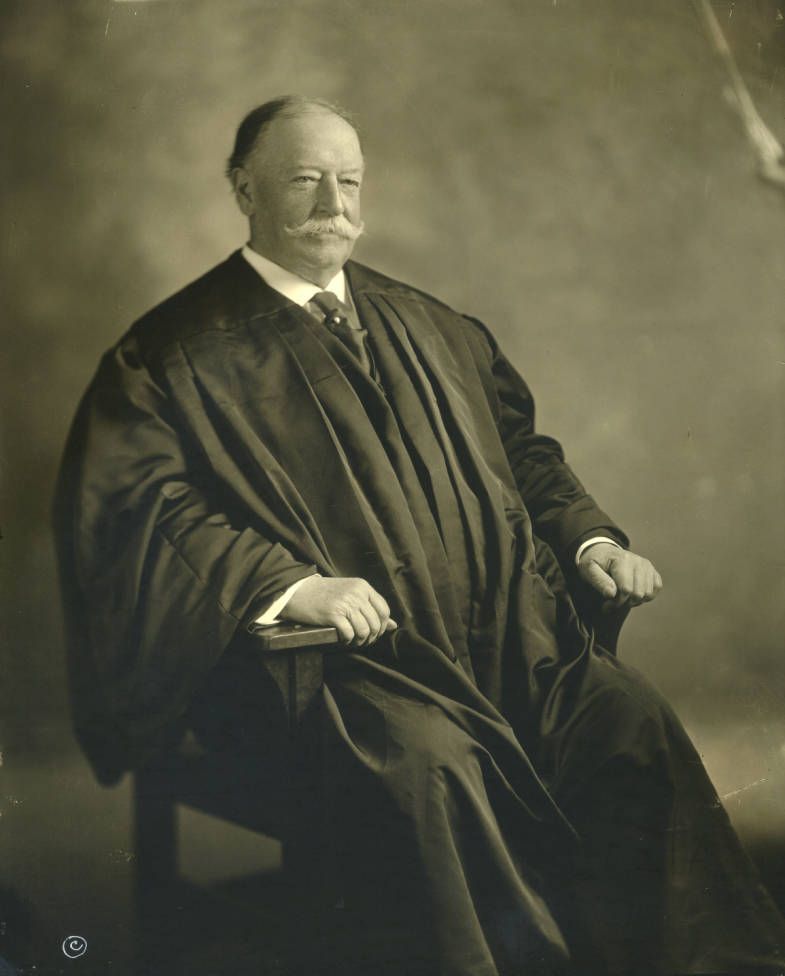The Law of the Land: William Howard Taft

This week we conclude our series on chief justices from Ohio with William Howard Taft, the only person to serve as both U.S. president and chief justice of the U.S. Supreme Court.

Taft was born in Cincinnati in 1857. His father was a judge who served as secretary of war and attorney general under Ulysses S. Grant. After graduating from Yale, William returned to Cincinnati to study law and was admitted to the Ohio bar in 1880. In 1886 he married Helen “Nellie” Herron, whose father had been a law partner of Rutherford B. Hayes.
Taft was a good administrator and jurist. His ambition was to be a Supreme Court justice, and his original rise in politics was through judicial appointments: first as a judge of the Cincinnati Superior Court, then as U.S. solicitor general (the third-highest position in the Department of Justice), and finally as a judge on the U.S. Sixth Circuit Court of Appeals. It was during his time as solicitor general that Taft first met Theodore Roosevelt, who was a civil service commissioner at the time.
Although Taft aspired to the Supreme Court, his wife Nellie aspired to the White House and encouraged him to accept administrative posts. In 1900, William McKinley appointed Taft chief civil administrator of the Philippines, which had become a U.S. protectorate two years earlier as a result of the Spanish-American War. Taft abandoned the military tactics the U.S. government had been using and built roads, schools, and a functioning civilian government (although it would be another four decades before the Philippines achieved independence). He turned down two offers of a Supreme Court appointment from new president Theodore Roosevelt in order to finish his work in the Philippines.
In 1903, Roosevelt selected Taft to be his secretary of war. In this role Taft oversaw initial construction of the Panama Canal, continued to supervise matters in the Philippines, made several overseas trips for the president, and functioned as the provisional governor of Cuba. He became Roosevelt’s chief confidante and was handpicked by Roosevelt to succeed him as presidential candidate in the 1908 election.


Although Taft’s ability to consider multiple sides of an issue was an asset in his judicial roles, it hindered his effectiveness as president; he was more comfortable enforcing existing laws than promoting new ones. Taft’s administration launched 80 antitrust lawsuits, but during the course of his presidency he moved toward the conservative side of the Republican party by failing to reduce tariffs and firing the chief forester—a decision many saw as a move away from Roosevelt’s conservation agenda. This alienated the former president and other progressive Republicans and caused Roosevelt to throw his hat back in the presidential ring. In the following election, Republicans nominated Taft, and Roosevelt ran as a Progressive—guaranteeing Woodrow Wilson the presidency.
After his term as president, Taft taught constitutional law at Yale until Warren G. Harding nominated him for chief justice in 1921. In that role, he wrote roughly 250 opinions and supported the Judge’s Act of 1925, which gave the court more discretion in choosing its cases. Taft’s opinions were generally conservative and tended to constrain federal power. He considered his role as chief justice his greatest honor—even above the presidency. Taft served as chief justice until shortly before his death in 1930 and was buried at Arlington National Cemetery.
Thank you to Stephanie Michaels, Research and Catalog Services Librarian at theState Library of Ohio, for this week’s post! You can learn more about Ohio’s other chief justices from recent posts here and here.



Leave a Reply
You must be logged in to post a comment.